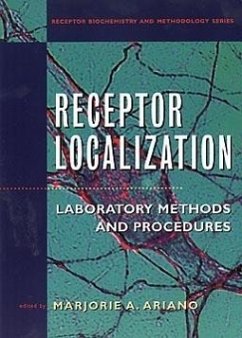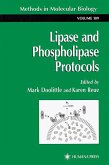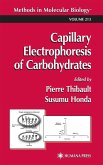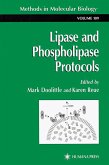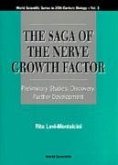The detection of neurotransmitter receptor locations and distribution densities within the central nervous system and peripheral tissues is receiving intense attention within the neuroscience research community. Neurotransmitter receptors, which receive the chemical signals sent from one neuron to another, are critical links in a highly complex information-processing chain. Pinpointing receptor sites and systems is crucial for understanding neurological function as well as dysfunction. It is also essential for understanding how receptors process information when impacted by such substances as heroin or nicotine, or when affected by neurodegenerative disease. Receptor Localization: Laboratory Methods and Procedures is the first user-friendly guide to the latest techniques and approaches being employed to examine the localization of neurotransmitter receptors in the central nervous system and peripheral tissues. It covers detection methods that are applicable to a wide variety of receptor systems, ranging from genes and ligands to in vivo receptors in individuals; and to numerous receptor subtypes, such as nicotine, muscarine, tachykinins, dopamine, adenosine, and GABA. The standard laboratory "recipes" or "tricks" employed in these detection methods are fully discussed, as are the advantages and limitations of each procedure. With contributions from leading experts and extensively illustrated, this book: * Discusses receptor ligand binding methods using irreversible and reversible compounds * Presents antireceptor antisera technology using synthetic peptides and fusion proteins at both the cellular and subcellular resolution levels * Examines molecular assessments of receptors * Describes in situ hybridization, reverse transcriptase-PCR, and fluorescent in situ transcription * Covers new visualization paradigms * Includes physiological analysis of receptor function, cellular detection in the brain slice, and cultured neurons * Discusses the use of PET and SPECT to assess in vivo receptor distributions in animals and humans. Receptor Localization: Laboratory Methods and Procedures is an invaluable guide for researchers in the related fields of neuroscience, neurology, biochemistry, and pharmacology. Its lucid descriptions of new detection methods, inclusion of experimental examples, and emphasis on how these experimental approaches are applicable to particular research areas will appeal to both the experienced researcher and novice investigator.
Hinweis: Dieser Artikel kann nur an eine deutsche Lieferadresse ausgeliefert werden.
Hinweis: Dieser Artikel kann nur an eine deutsche Lieferadresse ausgeliefert werden.
"...an excellent handbook for the budding neuroscientist andshould deserve attention for its conciseness and clarity." (YaleJournal of Biology and Medicine, May 2003)
"This book is the first in a newly launched series of textdedicated to receptor biochemistry and methodology." (Annals ofClinical Biochemistry).
"This book is the first in a newly launched series of textdedicated to receptor biochemistry and methodology." (Annals ofClinical Biochemistry).

